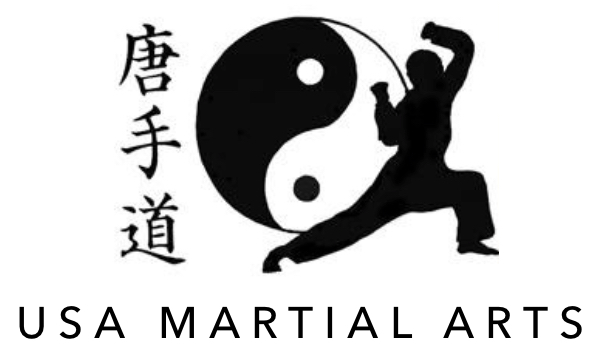A History of Tang Soo Do
Although Tang Soo Do is a relatively modern martial art, its basis, the Korean art Soo Bahk Do, has been in existence for many centuries. Soo Bahk Do originated during the Silla Dynasty in the years 618 to 935 AD. The name Tang Soo Do is literally translated to mean the way of the China Hand. Tang represents the Tang Dynasty of China while Soo means hand and Do is defined as a way or system.
Grand Master Hwang Kee, founder of Tang Soo Do, mastered Soo Bahk Do and Tae Kyun, a Korean system known for its powerful kicks (not related to Tae Kwon Do), by the age of twenty-two. At that time, in 1936, he traveled to Northern China where he encountered a style of martial artistry called the Tang Method. From 1936 to 1945 he combined the techniques of Soo Bahk Do with those of the Tang Method and developed what was to be known as Moo Duk Kwan Tang Soo Do although it was officially registered in Korea on November 9, 1945 as the Korean Soo Bahk Do Association.
Tang Soo Do is a composite style made up of 60% Soo Bahk Do and 40% Chinese. It is both a hard and soft style. The term hard refers to the overt power and strength of the various techniques which are derived from the movements and the lack of direct confrontation. The softness of Tang Soo Do comes from the Northern Chinese influence.

